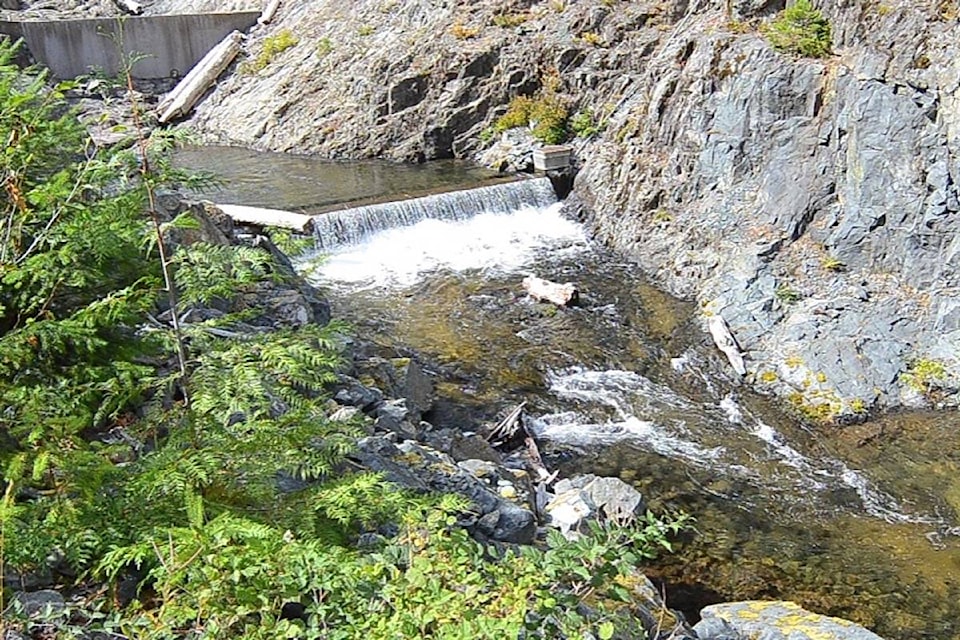A report by the Watershed Watch Salmon Society named Parksville and the surrounding area as one of the highest-stressed water areas in the province.
The 27-page report uses provincial data to analyze water shortage problems in various areas of British Columbia. It says B.C. is often inaccurately described as a place with an abundance of water, and recommended the province to “dedicate significant resources towards improved monitoring and measuring.”
The report found that approximately 63 per cent of B.C.’s population lives in water-stressed areas. The areas of highest water stress cover only 3.7 per cent of the province, but support 23 per cent of B.C.’s population.
Although Parksville is singled out in the report, the area referred to as Parksville actually includes a significant chunk of Vancouver Island, as well as two Gulf Islands.
Tanis Gower, Lead author of the Tapped Out report, said they used “Parksville” to describe a group of watersheds around the city of Parksville.
“Our Eastern Vancouver Island streams naturally go to quite a low flow in the summer,” said Gower. “It’s just the geography of our place, so during times where they’re low is usually the time when everyone wants the water, especially if it’s for agriculture, that sets up for trouble basically.”
The area’s population growth from 2006-2016 was 19.5 per cent and it’s increasing at an unsustainable rate relative to the already over-stressed water supply, says the report.
READ MORE: City of Parksville moves to Stage 2 watering restrictions
Julie Pisani, the drinking water and watershed protection program co-ordinator for the Regional District of Nanaimo, said the report is important in the sense that it draws attention to water problems in the area, but that it’s important to understand the area it’s referencing.
“It actually includes not just Parksville, but all the way down to Nanaimo and then up to Fanny Bay,” said Pisani. “But then here’s the point – it also includes Hornby, Denman and Lasqueti Island, so it’s a little misleading when it says Parksville.”
Pisani said this doesn’t mean the region doesn’t need help with water management. She said she has seen the water situation worsen, partly due to warmer temperatures affecting the snowpack.
“Regardless of like the numbers and the assumptions that were made with like the data that they were using, I would still identify our region as a region where we do have to look closely at water scarcity and drought management,” she said. “We are subject to longer, earlier onset droughts in the past few years, so I don’t think it’s misleading in the sense that Parksville shouldn’t be on the list at all.”
Pisani said the RDN is making steps toward solutions, including putting resources towards monitoring and data collection of water levels in the area, as recommended by the report. However, she said the provincial government carries a lot of the onus when it comes to water management.
“We’ve been able to improve the state of water reporting and improve the state of water data collection in the Regional District of Nanaimo through our program, and it sort of fills a gap in the sense that the province isn’t jumping in to improve a lot of the data collection,” she said.
“It doesn’t just stop with collecting the data… the key thing is that it goes to decision-makers at the provincial level, who will be making these decisions around water allocation.”
